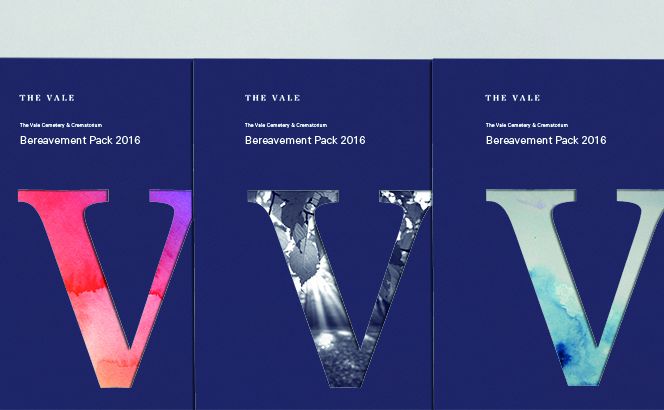The science of design can be applied globally. Steer Davies Gleave’s Design for Movement team has a 30-year track record of creating applied design in the transport sector. However, here we look at nontransport related projects that use our best practice design principles, and some common themes that span all sectors.
We combine our understanding of human experience, perception and behaviour to deliver innovative and user-centred design. This approach helps make places understandable, accessible and enjoyable for all. The core areas that define our design practice are information, environment and identity. These pillars can be applied across all projects. Over recent months, we have been hard at work on a host of projects, ranging from developing wayfinding for a central London university to a visual identity and signage system for a cemetery and crematorium in Luton.
Regent’s University London (UK)
Nestled in the heart of Regent’s Park, Regent’s University London is taking its first steps towards the creation of a new wayfinding system. The University’s core objective is to develop a system that will allow students, staff and visitors to navigate the site easily while projecting an image that is both professional and consistent with its brand values.
We advocate that wayfinding should consider the whole user journey from origin to destination. Consequently, our objective for Regent’s University London is to combine this approach while creating consistency across all wayfinding touch points.
The first phase of the project included a site-wide review of all existing signs and wayfinding. In addition, with the involvement of stakeholders, we established the key objectives and aspirations for the system. This is important, as consultation with stakeholders, although often underestimated, can provide valuable insight helping to create a solid foundation from which to develop and grow an offer.
Our initial output has been a series of recommendations and opportunities with assigned priorities that will allow the University to meet its goals. Phase two, concept design, is due to start later this year.
The Vale Cemetery and Crematorium (UK)
The Vale, located on the outskirts of Luton, is undergoing a transformation. We were tasked with addressing two main issues: to improve signage and information provision across the site, and to communicate a clear, professional and approachable image. The purpose is to improve the visitor experience while promoting the site as a valuable alternative to others in the area. To many it may seem odd to develop a visual identity for such a service, but visual identity is more than just a well-designed logo, it is about caring about your offer at every level and in every interaction with your users.
Proposed design for the Vale Cemetery and Crematorium’s bereavement pack
Our innovative approach to the project led us to the development of a new visual identity, which uses the concept of a window to symbolise openness. The new identity is light, fresh and dynamic, values that have been applied across the wayfinding and signage system. The project is due to be implemented later in 2016. Although these projects deviate from our portfolio of transport-related projects, the design process is managed as it would for any transport project. The key is to coordinate those involved to ensure the design process Diversity in design delivers the outcomes required by the client. In order to achieve this, a number of things should be taken into account:
- Clearly identify the purpose and goal of the project at the outset.
- Prepare a design brief outlining the project’s aims, budget, timetable and any legal, technical or other constraints on developing the design.
- Carry out research both before and during the project.
- Monitor the process as it develops. If the project deviates from the brief, investigate and make sure it is for a good reason. The design process is not a linear one and its organic nature allows for the development of innovative ideas.
- When the process is finished, make sure you gather as much feedback as possible. This will help you to run future design projects even more smoothly and apply learning to other projects.
The skills and knowledge within our Design for Movement team can be applied effectively to diverse areas. For instance, our in-depth behaviour could be used to improve user experience within hospitals, through the simplification of information in what can be a stressful environment, or to improve the online booking systems of events. The only limit is our imagination.
